Dolomite is a mineral known for its stunning crystal formations, versatile applications, and striking aesthetics. This article delves into the exceptional qualities of Dolomite crystal, highlighting its geological origins and discussing its myriad uses across industries. 1. Formation and Geological Origin: Dolomite crystal is primarily composed of calcium magnesium carbonate and is formed through the alteration of limestone or marble rocks. The mineral is believed to have originated from the chemical reactions between magnesium-rich fluids and limestone sediments, occurring millions of years ago. This geological process results in the creation of intricate crystal structures with unique properties. 2. Aesthetics and Unique Features: One of the most captivating aspects of Dolomite crystal is its aesthetic appeal. The crystal forms in various colors, including white, pink, green, brown, and grey, often displaying vibrant patterns and striations.
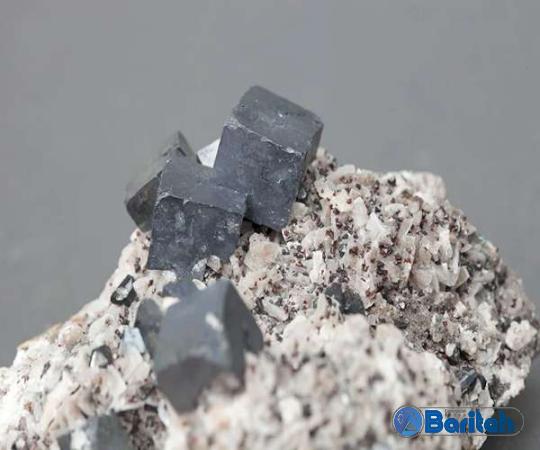
.
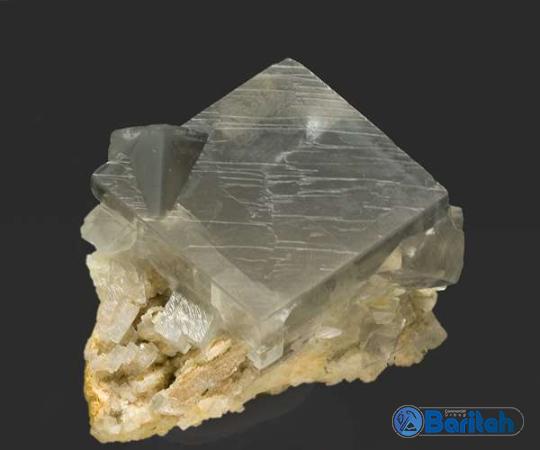 The vivid hues and distinct patterns make Dolomite an ideal choice for both decorative and ornamental purposes. Moreover, Dolomite crystal is recognized for its remarkable transparency and ability to refract light, giving it a mesmerizing glow. Its unique luster and translucent qualities further enhance its visual allure, making it an attractive addition to jewelry and decorative objects. 3. Industrial Uses: Dolomite crystal’s exceptional physical and chemical properties make it a versatile mineral with a wide range of industrial applications. Let’s explore a few key uses: a) Construction and Building Materials: Dolomite is employed extensively as a raw material in the construction industry. Its durability, compressive strength, and resistance to daily wear and tear make it an excellent choice for manufacturing concrete, asphalt, and a variety of construction aggregates.
The vivid hues and distinct patterns make Dolomite an ideal choice for both decorative and ornamental purposes. Moreover, Dolomite crystal is recognized for its remarkable transparency and ability to refract light, giving it a mesmerizing glow. Its unique luster and translucent qualities further enhance its visual allure, making it an attractive addition to jewelry and decorative objects. 3. Industrial Uses: Dolomite crystal’s exceptional physical and chemical properties make it a versatile mineral with a wide range of industrial applications. Let’s explore a few key uses: a) Construction and Building Materials: Dolomite is employed extensively as a raw material in the construction industry. Its durability, compressive strength, and resistance to daily wear and tear make it an excellent choice for manufacturing concrete, asphalt, and a variety of construction aggregates.
..
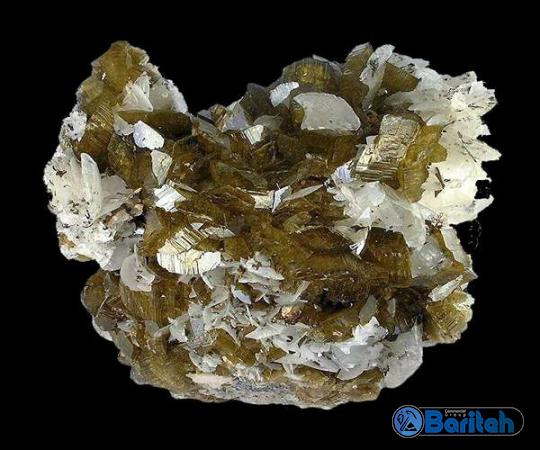 b) Agriculture and Horticulture: Dolomite crystal plays a vital role in agriculture and horticulture. The mineral is widely used as a soil conditioner, balancing soil pH levels and providing necessary nutrients like calcium and magnesium. It enhances crop quality, promotes healthier plant growth, and increases overall agricultural productivity. c) Glass and Ceramics: The unique composition and high melting point of Dolomite crystal make it an essential component in glass and ceramic manufacturing. Dolomite’s fusion properties help reduce the melting point of glass, improve its durability, and impart a range of vibrant colors. In ceramics, Dolomite acts as a flux, improving the mechanical strength and coloration of the final product.
b) Agriculture and Horticulture: Dolomite crystal plays a vital role in agriculture and horticulture. The mineral is widely used as a soil conditioner, balancing soil pH levels and providing necessary nutrients like calcium and magnesium. It enhances crop quality, promotes healthier plant growth, and increases overall agricultural productivity. c) Glass and Ceramics: The unique composition and high melting point of Dolomite crystal make it an essential component in glass and ceramic manufacturing. Dolomite’s fusion properties help reduce the melting point of glass, improve its durability, and impart a range of vibrant colors. In ceramics, Dolomite acts as a flux, improving the mechanical strength and coloration of the final product.
…
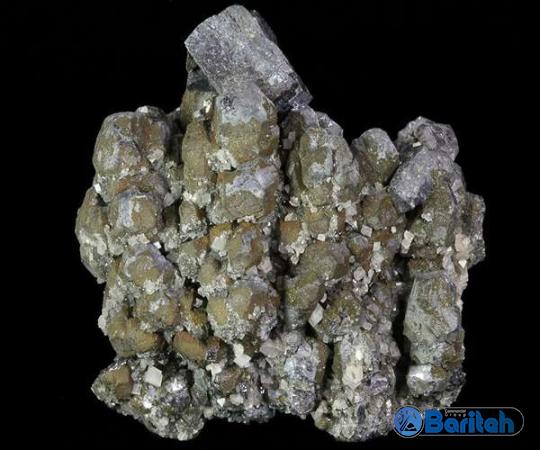 4. Metaphysical and Healing Properties: In addition to its industrial applications, Dolomite crystal possesses metaphysical and healing properties. Many believe that Dolomite promotes emotional healing, assists with energy balancing, and helps in overcoming self-doubt. It is also thought to alleviate anxiety and strengthen the sense of self-worth. Dolomite crystal is often used in alternative therapies and crystal healing practices. Conclusion: Dolomite crystal is a splendid mineral that captivates with its intricate formations, vibrant colors, and diverse applications. From the construction industry to decorative objects and the realm of traditional healing, Dolomite’s versatility and aesthetic appeal make it a valuable resource. As we continue to explore its properties, Dolomite crystal will undoubtedly maintain its position as a treasured gem of both nature and industry.
4. Metaphysical and Healing Properties: In addition to its industrial applications, Dolomite crystal possesses metaphysical and healing properties. Many believe that Dolomite promotes emotional healing, assists with energy balancing, and helps in overcoming self-doubt. It is also thought to alleviate anxiety and strengthen the sense of self-worth. Dolomite crystal is often used in alternative therapies and crystal healing practices. Conclusion: Dolomite crystal is a splendid mineral that captivates with its intricate formations, vibrant colors, and diverse applications. From the construction industry to decorative objects and the realm of traditional healing, Dolomite’s versatility and aesthetic appeal make it a valuable resource. As we continue to explore its properties, Dolomite crystal will undoubtedly maintain its position as a treasured gem of both nature and industry.
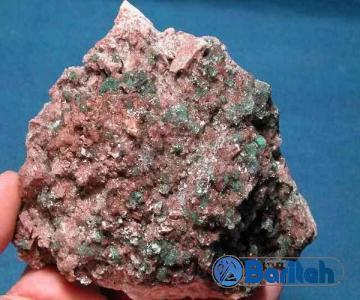
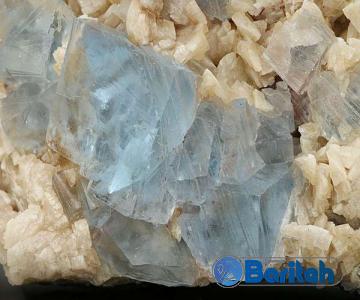
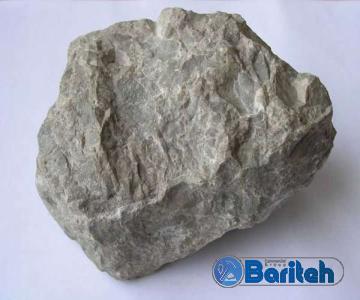
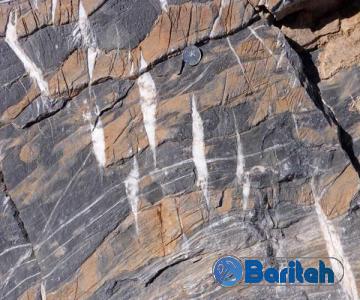
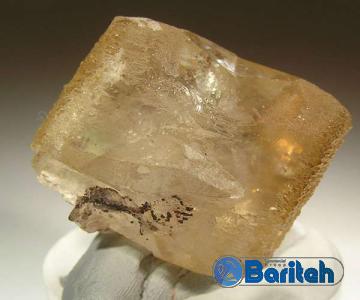
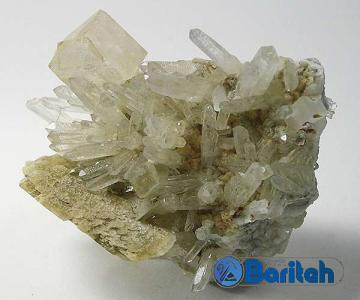
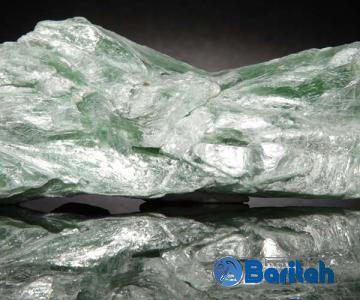
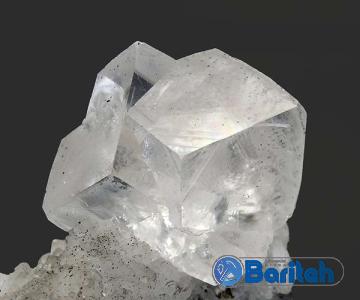

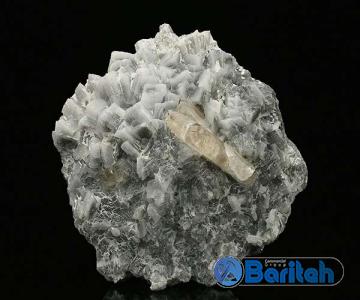
Your comment submitted.